‘Raya and the Last Dragon’ Explores Flawed Themes in a Gorgeous World
The world of Kumandra is literally broken. Geographical obstacles like mountains and rivers divide the five clans of Fang, Heart, Spine, Talon, and Tail.1 The division also stretches into the social and spiritual realms. None of the clans communicate with one another outside of hostility, and the golden age of prosperity and unity has fallen into ancient history.
As Disney’s latest animated film, Raya and the Last Dragon, opens, we also learn about the petrying Druun. Five hundred years ago these creatures overran the world, turning people into statues and devastating Kumandra. When hope seemed lost, the last dragon, Sisudatu, poured all of her magic into a powerful gem that banished the Druun and restored the petrified citizens.
Unfortunately, in the wake of her spell, Sisu (as her friends and admirers call her) vanished. The five clans chose to fight amongst themselves over control of the dragon gem, rather than uniting around Sisu’s sacrifice.
Enter Raya, the latest in the line of gem guardians. At a summit of the five clans, Raya meets her counterpart from Fang, Namaari. She finds kinship with Raya over their shared love of dragons, and especially the story of Sisu.2 Raya is taken by her new friend and her father’s ideas of trust and openness. So she brings Namaari to see the dragon gem. Namaari fires a signal into the air, and soon Fang’s agents and the other clans rush to the gem’s location, eager to claim its perceived power.
In the ensuing struggle, the gem falls to the ground, breaking into five pieces, and allowing the Druun to return to the world. As the Druun overrun Heart, turning everyone they can reach to stone, the clans rush to escape. Each clan takes a piece of the dragon gem, which still has the power to hold back the Druun.
Six years later, Raya discovers Sisu at the end of the last river. Sisu reveals that the gem was not formed from her magic, but that of her siblings. She likens her role in the Druun’s defeat to that one person in a group project who doesn’t really do much but gets the same grade anyway! On the plus side, Sisu can absorb the magic in the gem pieces. If all five fragments are reunited, she can restore the gem and once again banish the Druun.
You have to trust me, Raya! (repeat 10x)
It’s easy to spot the main theme of Raya: look past the differences of others, trust people, and be willing to offer forgiveness, and the world can be set right. The film sometimes offers this theme as a subtle seasoning, such as with its early scene in which Chief Benja makes a stew from ingredients gathered from across Kumandra. He uses this comingling of disparate elements to illustrate the possibility of Kumandra being whole again. Similarly, when Namaari appears to attack the Spine village, Raya’s trust in Spine warrior Tong demonstrates her growing ability to trust others she might otherwise have refused to let inside her own defenses.
However, the film hardly ever lets viewers forget this is the main theme. Sisu’s interactions with Raya usually show Sisu insisting on trust (and gifts!) as means to their goals, often resulting in Sisu needing quick rescues from Raya. These frequent conversations do little to advance Raya’s path to trust. They quickly become repetitive before film reaches Sisu’s most important pleas for Raya to trust her.
When Raya insists Namaari cannot be trusted, Sisu takes Raya back to Heart to show her more statues—all that remains of Sisu’s siblings. She tells Raya that the others trusted Sisu to use the dragon gem, even though her own magic (being a really strong swimmer) seems the least powerful in their group.
Flawed lessons about forgiveness
Similarly, Raya handles themes of forgiveness even less delicately. Raya’s guilt in the second breaking of the world does not confront her until Namaari’s accusation in the final battle.3 Even then, Raya doesn’t own up to her own mistakes. Instead, she only chooses not to kill Namaari unjustly and merely avoids compounding her errors.
While Raya reflects no overt religion, the film does draw on religious and spiritual imagery. Raya’s story of the world’s golden age has the flavor of a creation myth. Many characters, especially Raya and Namaari, show worship-like reverence for dragons and the dragon gem. Their bows and hand gestures resembles those given to real-world royal or clerical figures. Raya uses a portable altar and prays to Sisu to appear. Every statue shown in the movie (except a few dragons) is shown in a stance of contemplation. Their hands are cupped as if to hold water—a gesture also used to greet Sisu and the other dragons.4 These elements add to Raya’s cultural experience while giving families chances to discuss cultural and religious differences and similarities).
Raya still shares a beautiful, Asian–inspired fantasy world
Although Raya and the Last Dragon handles its themes somewhat clumsily, the film still offers viewers a visually lush world inspired by Southeast Asian cultures.5 The different clans and their territories offer detailed yet brief glimpses into the larger world of Kumandra, inviting the audience to imagine more adventures in these lands.
- These lands are so called because they correspond to those parts of the dragon-shape of Kumandra’s geography. ↩
- They are both self-proclaimed “dragon nerds,” a line which jars with the ancient setting even as it solidifies the girls’ friendship. ↩
- Raya is responsible for the world’s breaking solely because she trusted Namaari. No one above age ten would deny that she trusted Namaari—a stranger—with her family’s greatest secret far too early in their friendship. Similarly, in Frozen, Anna chose to marry Hans the same day they met. But this time we aren’t even treated to a humorous running gag about the heroine’s foolish decision. ↩
- Although this seems like a religious gesture to me, it is apparently a modification of common greetings in Southeast Asia. See “How Disney’s ‘Raya and the Last Dragon’ Found Inspiration From Southeast Asia,” Carolyn Giardina at The Hollywood Reporter, March 3, 2021. ↩
- More than once in the theater, I thought how amazing an Avatar: The Last Airbender movie/series would be with this style and level of animation. In flashback scenes, Raya even looks like Katara from the blockbuster Nickelodeon series. ↩


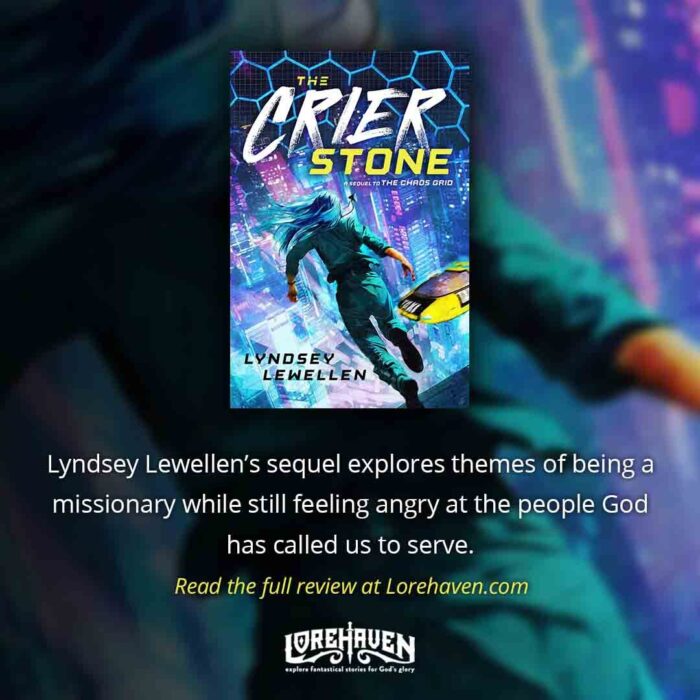
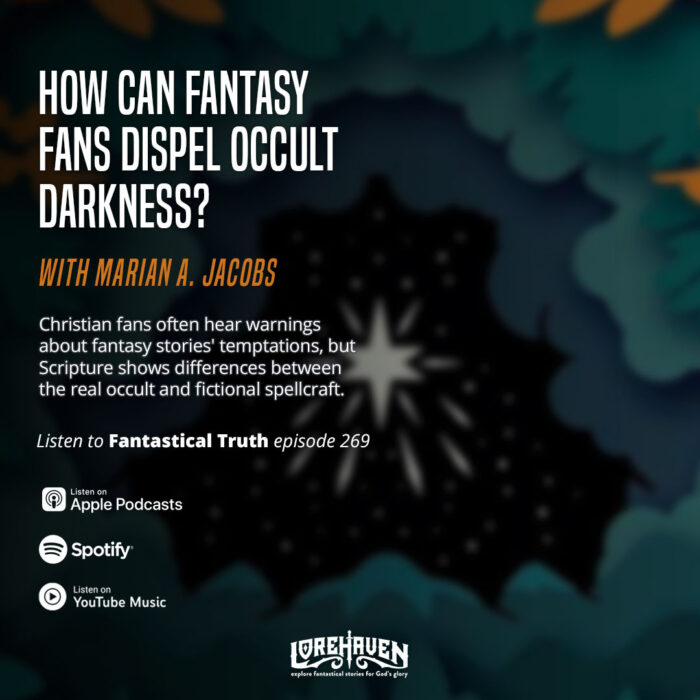
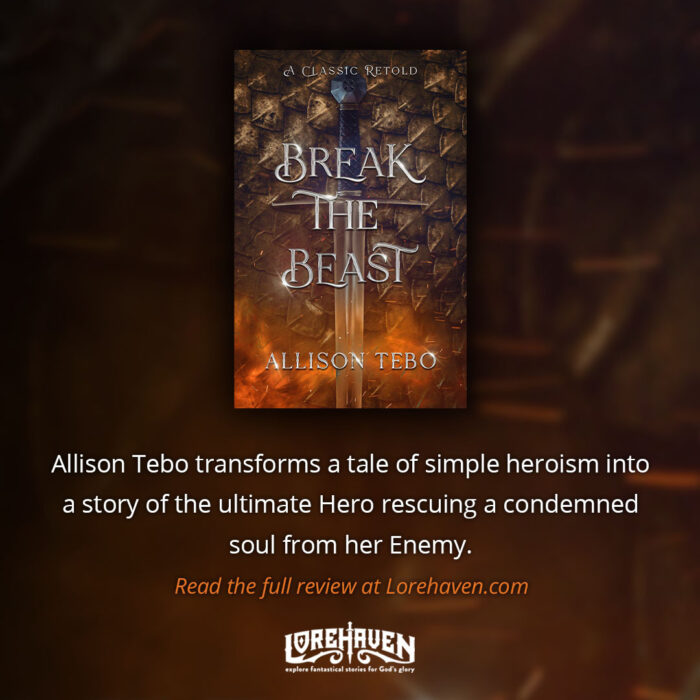

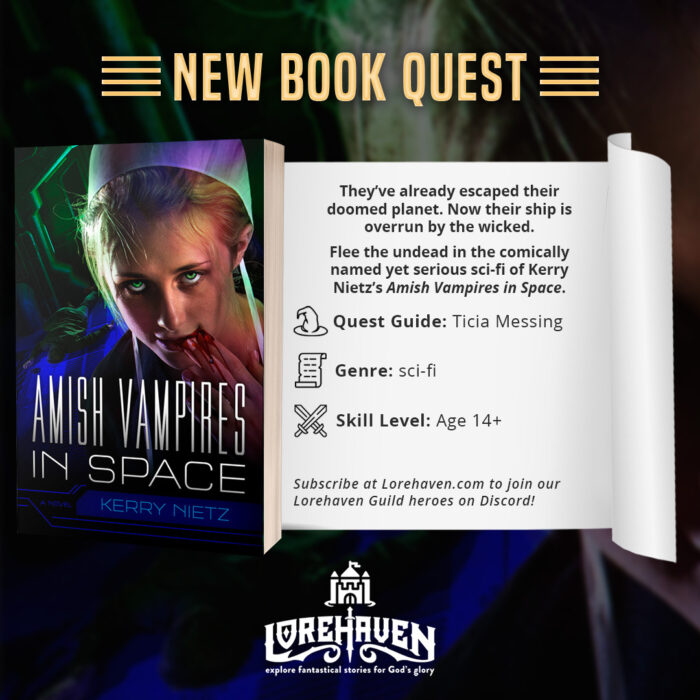

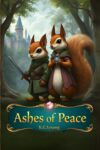
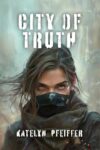

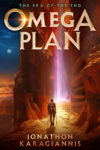
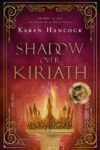

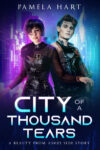

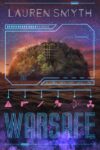
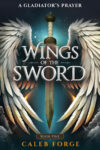
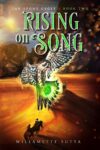
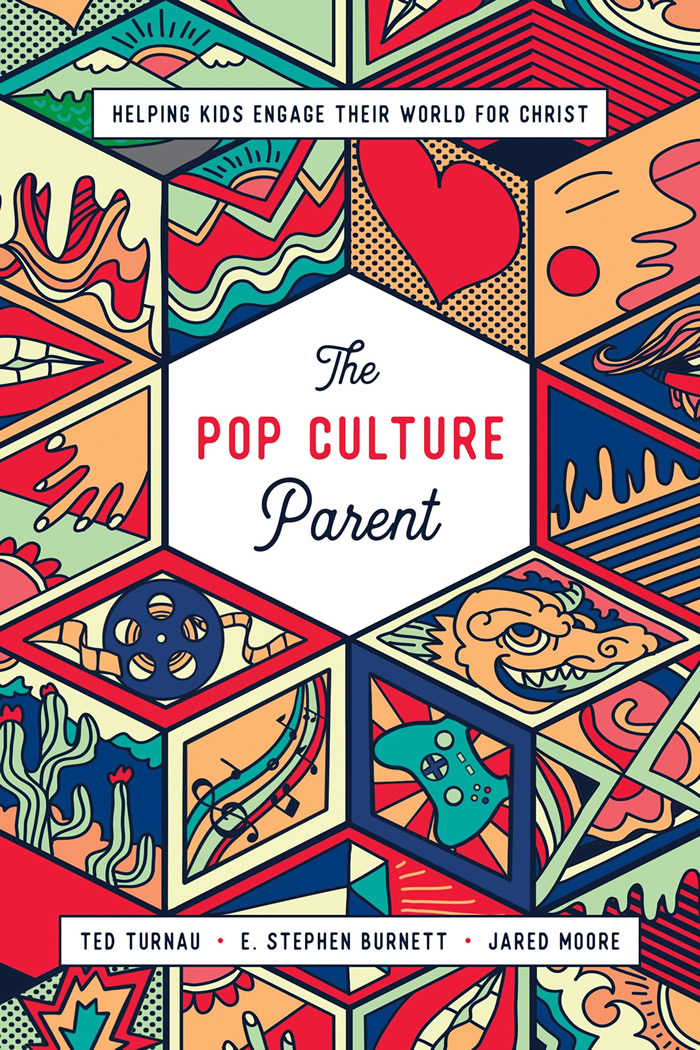
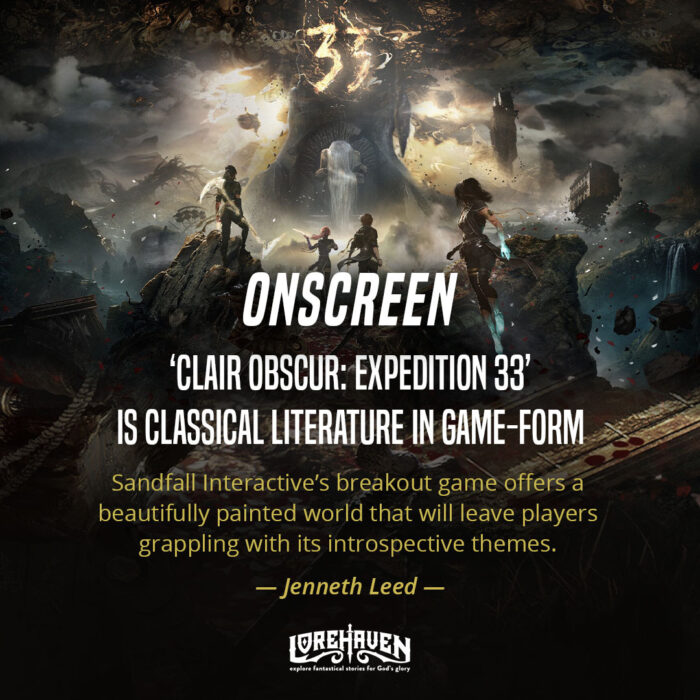


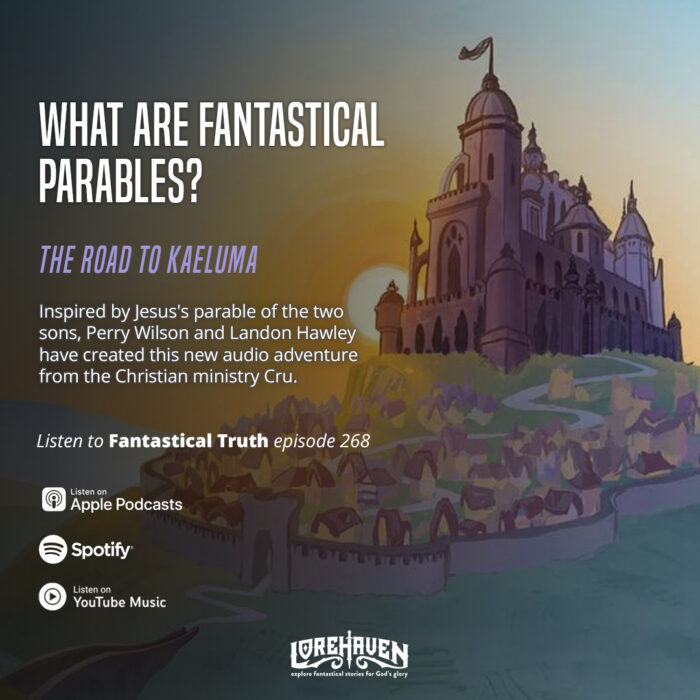
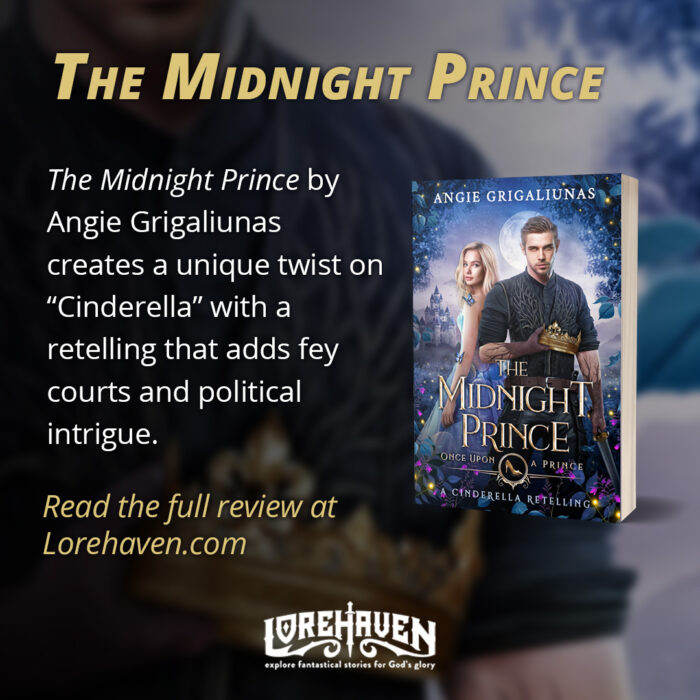
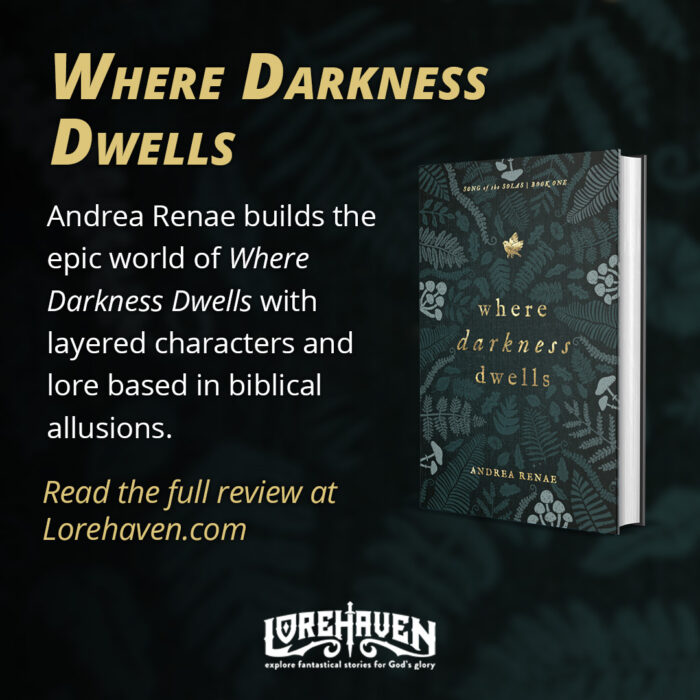
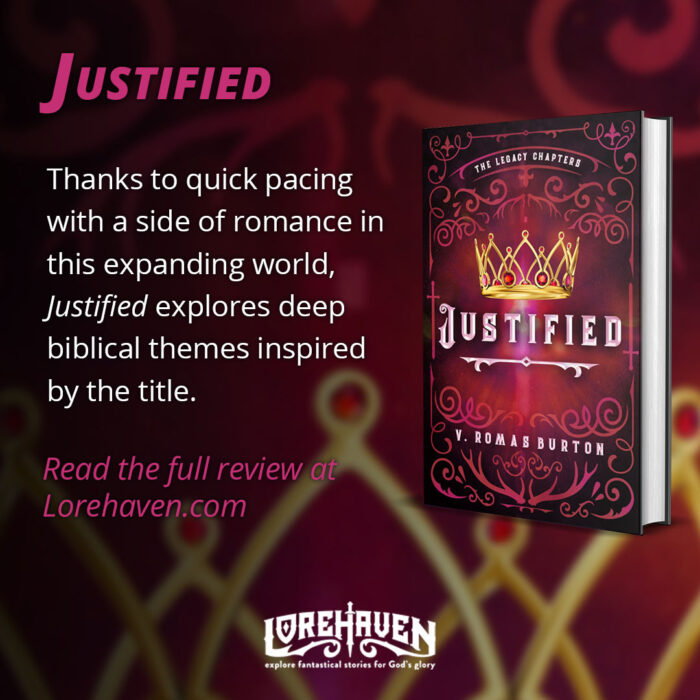
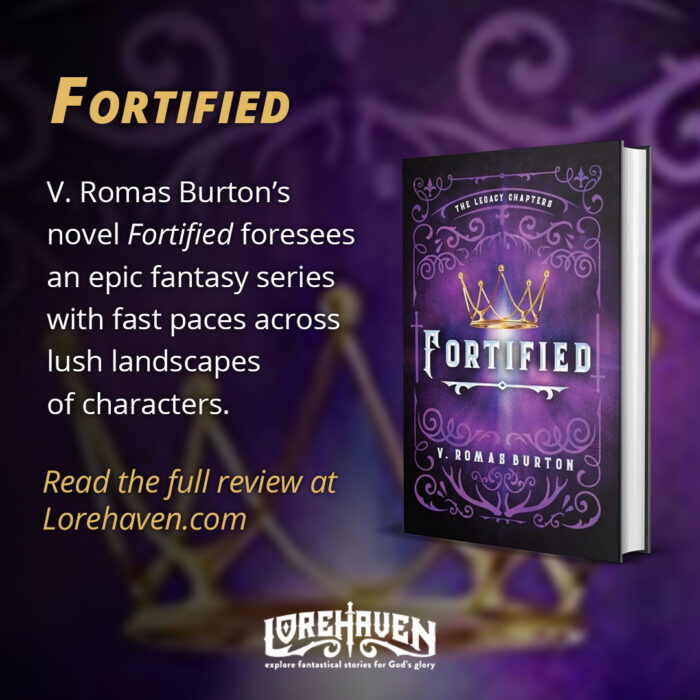


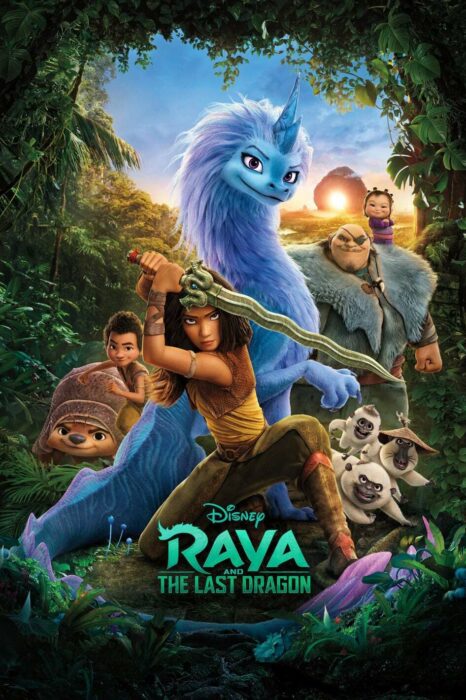


Share your fantastical thoughts.